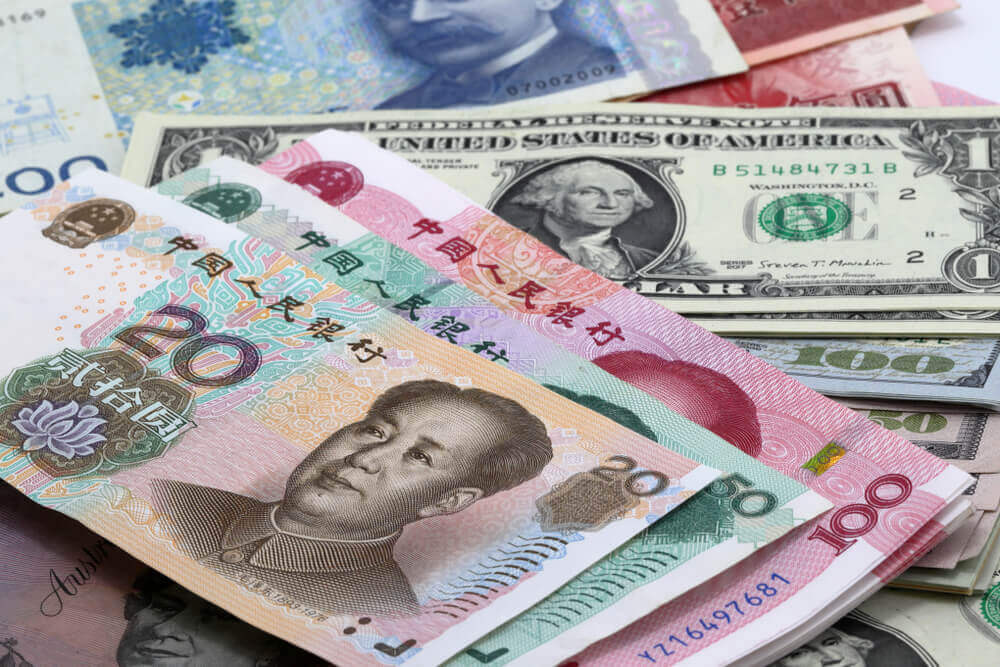
Yuan jumps, China’s bank moves to slow
China’s yuan rose on Tuesday as the central bank intervened to arrest the currency’s steep decline by relaxing banks’ foreign exchange holding restrictions.
Worries over a bleak domestic economic outlook prompted by severe COVID-19 lockdowns in critical cities and dwindling yield premiums on Chinese assets have pushed the yuan down against the dollar in the last month.
The yuan has also lost ground against other major currencies, with the currency’s trade-weighted basket (CFSCNYI) falling to a two-month low of 103.15 on Tuesday morning.
While the People’s Bank of China’s (PBOC) decision to reduce banks’ foreign exchange reserve ratio late Monday provided a floor for the currency; dealers acknowledged the factors driving its recent falls remained.
The yuan may stabilize in the short term, but it won’t be easy to alter market expectations.
The PBOC’s intervention aimed to moderate those expectations, as the actual impact on foreign exchange liquidity would be minor.
As a result, long USD-CNY bets will become less appealing as traders must pay higher carry costs. It also implies that the Chinese central bank plans to slow the Chinese currency’s depreciation rate.
Following the onshore yuan’s one-year low of 6.5544 per dollar on Monday, the PBOC set Tuesday’s midpoint rate (CNY=PBOC) at 6.559, its weakest in more than a year but in line with market forecasts.
Spot yuan (CNY=CFXS) began at 6.5620 per dollar and rose to 6.5317 at lunchtime, about 300 pips higher than Monday’s late session finish and on course for its highest percentage rise since October. The offshore yuan (CNH=D3) recovered from early losses to trade at 6.5566 per dollar, up from a close of 6.5699. Analysts have seen a widening disparity with the lower offshore yuan in recent weeks to indicate other yuan weakness market predictions.
The PBOC announced that it would increase “prudent” monetary policy assistance for the economy.


